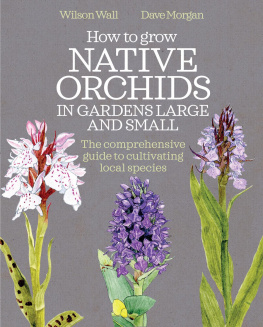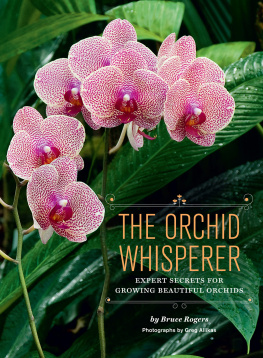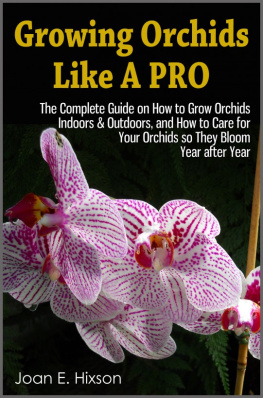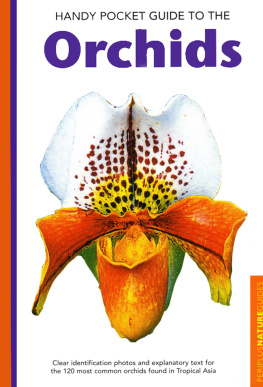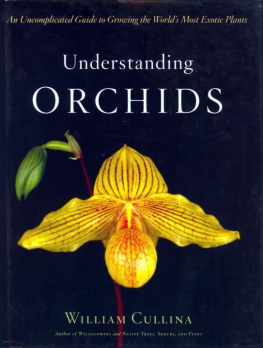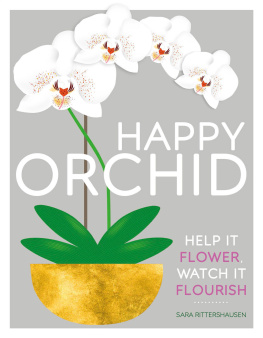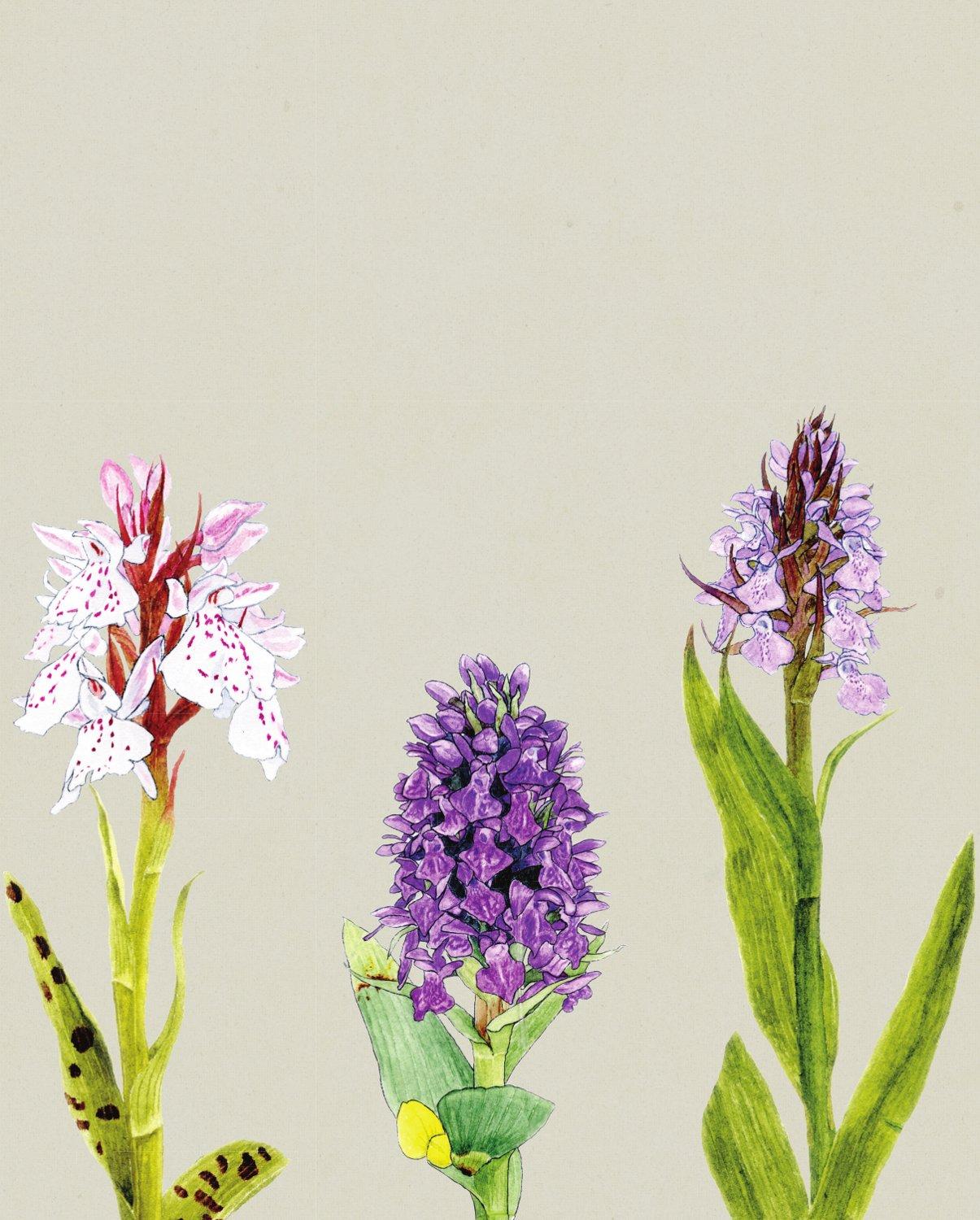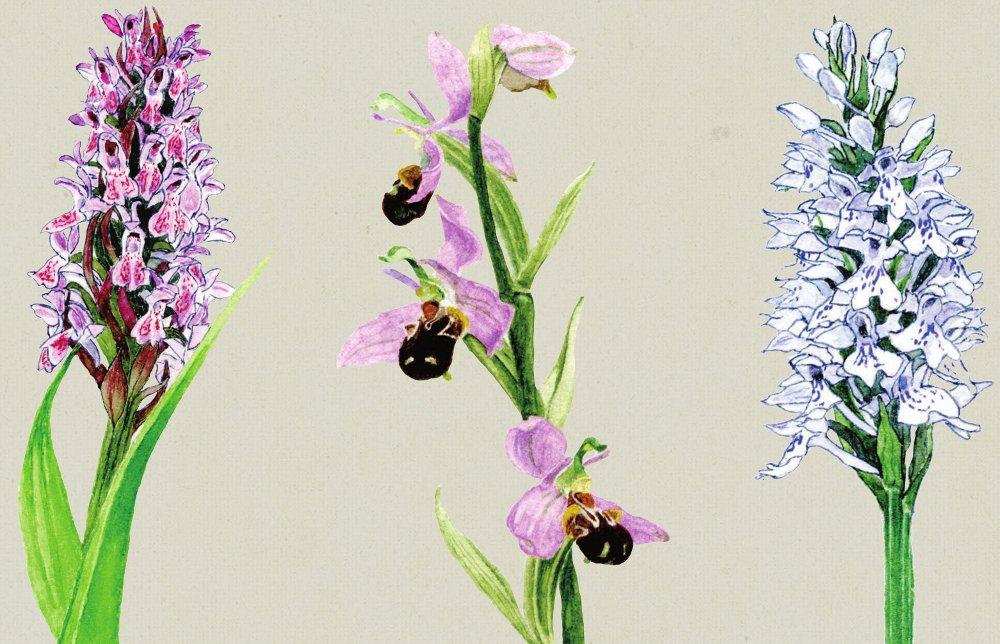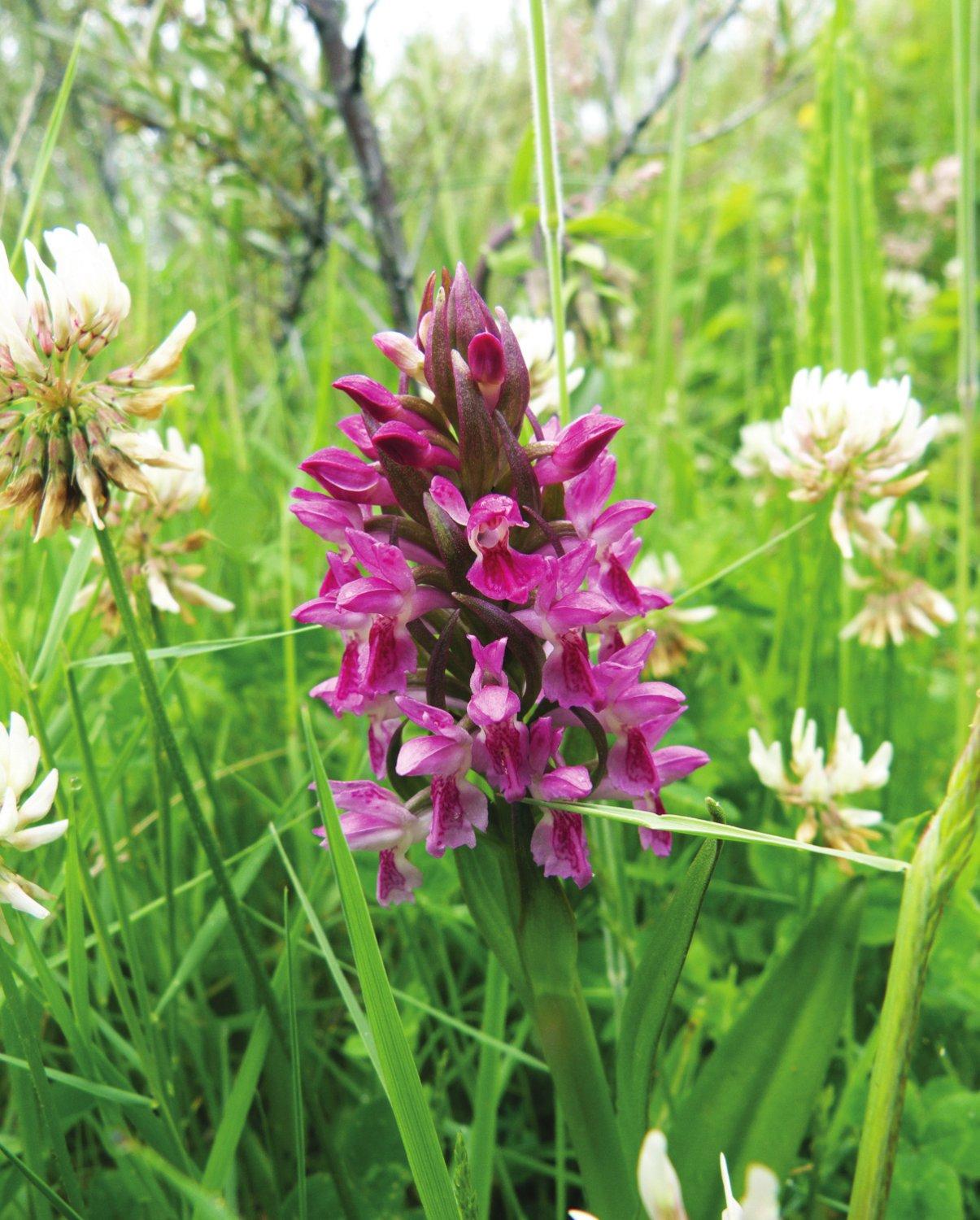Having native orchids growing in the garden must be the dream of every gardener who has ever come across a wild-flower meadow rich with orchids and butterflies on a beautiful summers day. As this book will help you discover, native orchids are neither difficult to cultivate nor require special conditions to thrive, and while a large meadow may be beyond the reach of most, the corner of a garden lawn can provide the perfect setting for naturalized orchids.
Even without a garden you can grow orchids. A small but spectacular show can be created in pots on a patio, in a courtyard or even on a balcony. If you have access to any outdoor space at all, whether in shade or sun, there will be a species of native orchid that can grow and thrive there.
There are good reasons for growing native orchids, beyond the simple aesthetic one of how lovely they look. Many wild orchid species are now rare. Even species such as the Common Twayblade or Common Spotted Orchid, while locally abundant in a small area, cannot really be called common any more. This stems from the extraordinary life cycle of an orchid, whose complex development from seed requires the presence of a fungus in the soil. The orchid and the fungus have such a close, symbiotic relationship that without the fungus, the orchid seeds cannot germinate in the wild.
With some orchid species, this dependency is very specific for example, the Greater Butterfly Orchid is associated only with the fungus Tulasnella calospora while others are less fussy. Given this precarious association, it is perhaps not surprising that orchids have a long, slow journey from seed to flowering plant.
The time it takes for orchids to flower in the wild is their downfall, as any disturbance during their development can cause the untimely collapse of a wild population. Changes in land use, such as ploughing and the application of herbicides, are the main threats. In sites of particular interest, pressure from visitors inadvertently treading on plants can also cause damage.
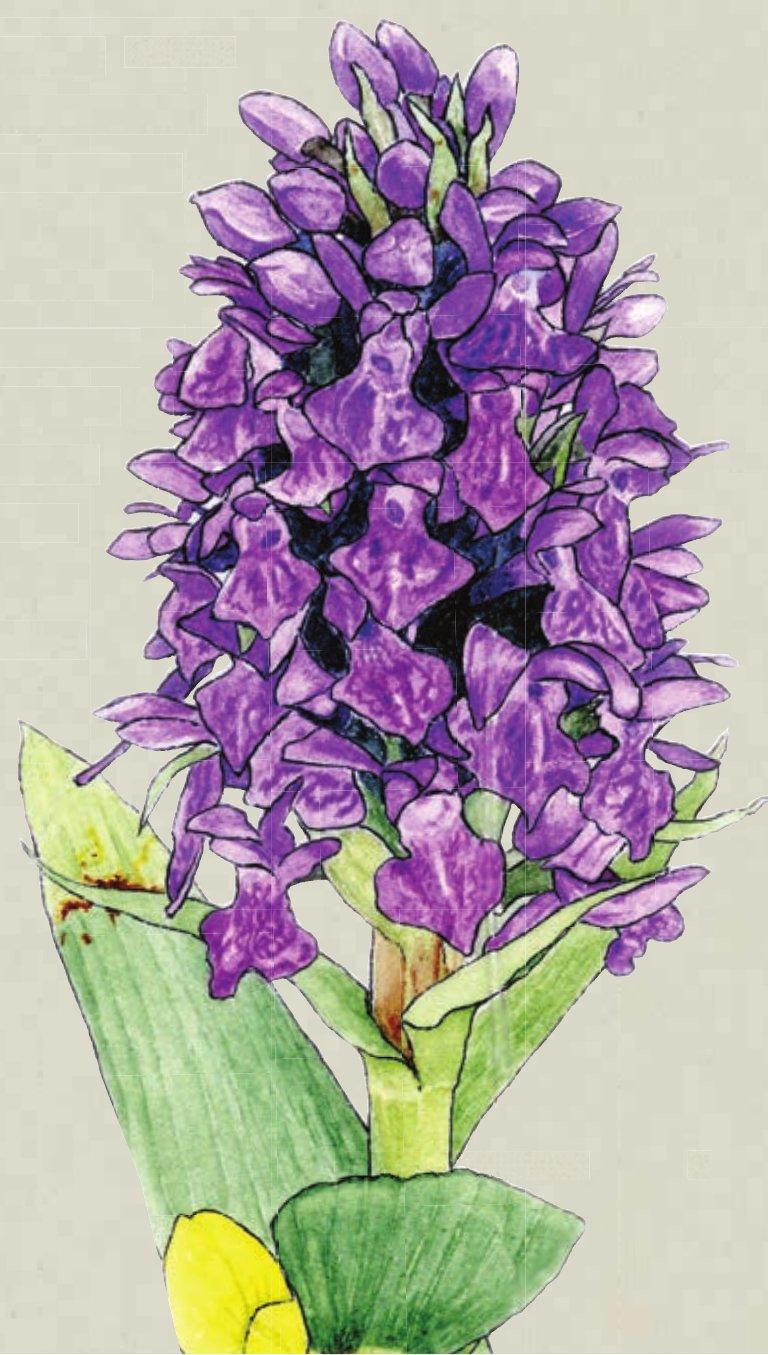
Northern Marsh Orchid (Dactylorhiza purpurella).
When you grow orchids in your garden, you are providing them with a protected environment in which they can flourish undisturbed. Once established, your orchids will become a self-perpetuating colony and in a small but significant way you will be helping to boost the population of the species. If you live in the suburbs, where wind can distribute the seeds across several gardens, the orchids may spread further, enhancing your whole area. No doubt there will be surprise and pride when the neighbours discover that an exquisite wild orchid has appeared in their garden.
Decline in our native orchids has been going on for a long time, but even in the mid-twentieth century some species were so common they were considered nothing special. The Green-winged Orchid, for example, was described as one of the most common orchids of England and Wales. Today, many people have never seen a Green-winged Orchid, and the remaining populations are scattered; geographically isolated in old pastures and genetically separated from each other. This decline continues as an inevitable result of changes in agriculture, with our traditional meadows largely replaced by barren pasture required for high milk production.
The sad depletion of orchid populations is evocatively illustrated in this passage from Through the Woods by HE Bates (1936). Here he describes the Greater Butterfly Orchid, which he remembers from his childhood during the 1920s: For me they are reminders of great occasions, of drowsy midsummer afternoons when we walked, in order to visit my aunt at her pub in Bedfordshire, through the woods where they grew and where, I hope, they still grow. That wood, a small square wood remarkable for only one other thing, was drenched with the exotic, almost tropical scent of hundreds of those ghostly orchis [sic].
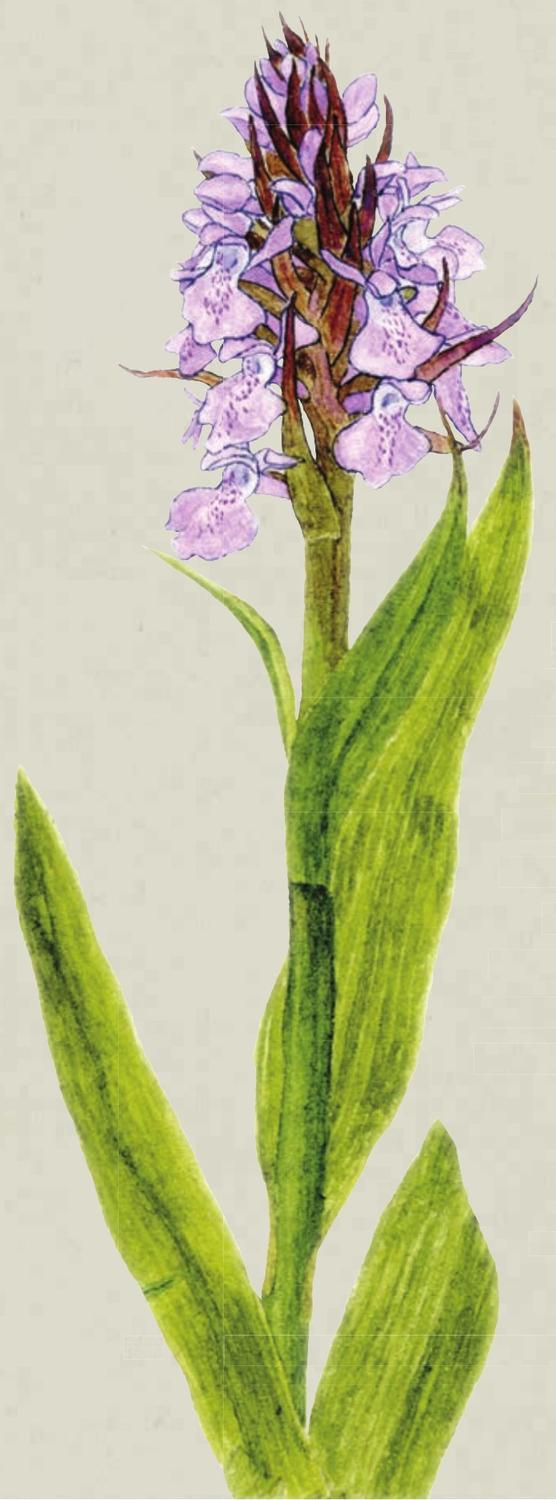
Southern Marsh Orchid (Dactylorhiza praetermissa).
He never tells us exactly where the wood is, but we would be amazed if summer evenings were still drenched with the scent of Butterfly Orchids. However, we can recreate this scene in our own gardens, in a shady little area of magic. Growing your own native orchids may seem a small step in halting their decline, but it will be a powerful statement that you care about what happens in the natural world and have done something positive about it.
Orchids are one of the most exciting things you can have growing in the garden. As well as adding a brightness and dignity, they attract many different insects, such as long-tongued moths, which are especially keen to visit Butterfly Orchids in the early evening, to sip nectar and pollinate the flowers. Growing native orchids outdoors is all about diversity; it isnt just about these species in isolation but about the associated plants that are part of a natural ecosystem.
The very special relationship between orchids and their habitat, their ecological position in the world, is what makes them so valuable as a marker of the health of an environment and why it is so important that we help to nurture them.
HOW TO USE THIS BOOK
The book starts with the history and botany of orchids and builds up to the practical how-to and the inspirational can-do. If, like us, you get bitten by the orchid bug, you may wish to read it from start to finish. But it is also designed to be dipped in and out of at any point; to be used as a guide as you develop your own garden orchid display. Depending on your level of ambition, some sections may appeal more than others: for example, covers growing orchids from seed in culture, which is a technical process and takes some practice.
In Part 1, the first two chapters provide a bit of background to understanding orchids and how they came to be regarded so highly. There are many orchids native to Britain and Ireland, and several are easy to grow. includes a full list of our native species and explains which we recommend for cultivation and which may be worth trying. Full descriptions are given, including accounts of their natural habitats.
Part 2 covers cultivation and care, including a section in on container gardening with orchids. Part 3 looks at the different types of setting in which you might naturalize orchids in your garden whether a garden meadow, a patch of trees or a boggy area, or a rockery as an option for chalk-hill species. In each case we give suggestions for native companion plants to complement your orchids and help create a beautiful and thriving habitat. The last chapter brings all of this together, inspiring you to breathe new life into a wild area by reintroducing native orchids.

